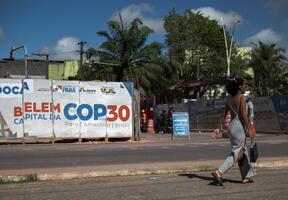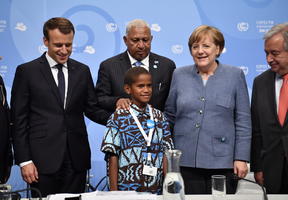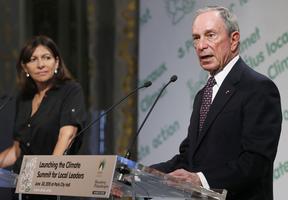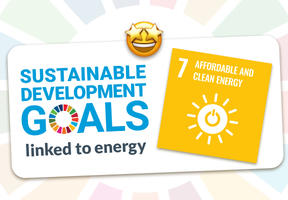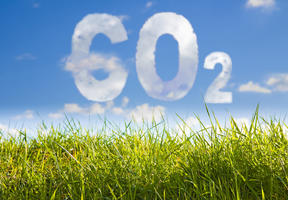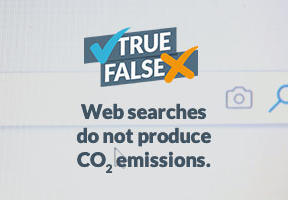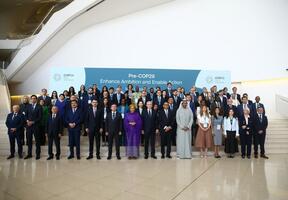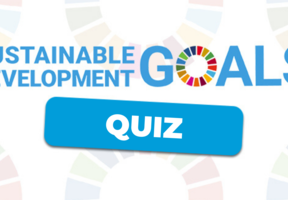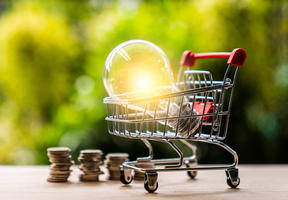The Island Laboratory of Samsø
5 min read
The small Danish island of Samsø which is comparable in size to Belle-Île in France, wants to become a template for the in Europe. The island does not test cutting-edge technologies, but rather validates methods, a job facilitated by its small size and strong community support.
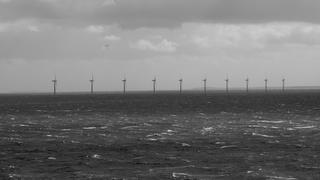
© Thinckstock - Ten offshore wind turbines have been installed off the coast of Samsø to generate electricity for local consumption or export to the Danish grid.
Samsø does not have any particular energy supply issues. Nestled between Jutland, the continental portion of Denmark, and Zealand, home to the capital Copenhagen, the island is within 50 kilometers of either coast. In addition to being connected to the Danish grid, the 114-square-kilometer island can rely on many shipping routes to secure the supply of its nearly 4,000 inhabitants.
In the 1990s, Samsø was chosen by the Danish government to test the technical feasibility and social acceptability of converting the community to 100% . The Samsø Energy Academy1 created in 2006, offers educational workshops on and regularly hosts delegations from Europe and the rest of the world.
Samsø, an Exporter of Wind Power
The first phase of the program was aimed at producing from 11 land-based wind turbines, spread among three farms, and ten huge turbines, located three kilometers off the coast. The electricity from each farm is collected and transmitted to the island’s homes. Once the residents’ electric needs are met, the excess is exported to the Danish grid. Of the 105,000 megawatt-hours of electricity generated by Samsø’s turbines every year, three-quarters are absorbed by the public utility. Wind already accounts for a large share of the country’s electricity supply. A vast interconnection system linking Denmark to Norwegian hydropower plants and the north German grid enables the country to balance the intermittent nature of wind .
To promote community buy-in of the program, Samsø residents are allowed to own a portion of the wind turbines under a cooperative ownership arrangement.
District Heating, 75% of the Total
Another program objective was to reduce the amount of imported fuel oil used to provide and hot water to the island’s residents and small businesses. Over the years, Samsø has built several heating plants and a dense district heating network. A plant in the north of the island uses solar thermal panels, combined with a wood chip boiler. Smaller units in the center and the south burn straw to heat water. Together, these facilities supply 75% of the population’s heat.
Samsø’s more isolated homes are fitted with individual solar collectors, heat pumps or wood pellet boilers. The island’s large golf course is a showcase for eco-friendly equipment and solutions.
Samsø’s population used to produce 45,000 metric tons of carbon dioxide per year. But now, according to the Energy Academy, the island has a negative annual of 15,000 metric tons. That is because Samsø exports a large amount of its renewably sourced power to the central grid, and this surplus largely compensates for the island’s emissions, particularly from transportation.
Gradually Becoming Fossil Free
Samsø’s next goal is to become a fossil-free island. A project was launched in 2017 to build a large plant that can process all of the island’ solid and liquid organic waste. The objective is to gradually replace the three -run ferries that currently provide transportation to and from the island with boats powered by the locally produced biogas. Electric cars already account for half of Samsø’s municipal fleet, and there are five charging stations on the tiny island. By 2020, it is hoped that 50% of all cars on the road will run on electricity or biogas.
Source:

